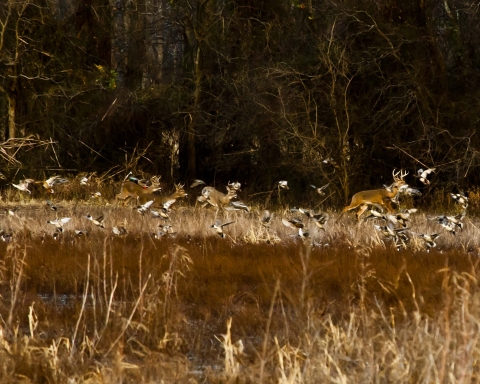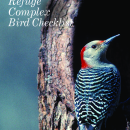Visit Us
National wildlife refuges offer us all a chance to unplug from the stresses of daily life and reconnect with our natural surroundings.
Seasons, life cycles and migrating animals make each visit to the refuge a new experience. There are a multitude of opportunities such as wildlife observation, interpretative programs, hunting and fishing. People of all abilities can explore the refuge trails, which include two fully accessible trails leading to observation decks.
Location and Contact Information
About Us
The bottomland hardwood habitat of Bayou Cocodrie National Wildlife Refuge supports a variety of plants and animals, including the Louisiana black bear, which until 2016 was on the endangered species list. The refuge includes some of the least disturbed bottomland hardwood forests in the Southeast and significantly contributes to the biological diversity in the region. Because of its large contiguous stand of bottomland hardwood forest, the refuge was designated as critical habitat and serves as a corridor for the Louisiana black bear between Tensas River National Wildlife Refuge and the state of Louisiana’s Red River Wildlife Management Area.
What We Do
Wildlife conservation is at the heart of the National Wildlife Refuge System. It drives everything on U.S. Fish and Wildlife Service lands and waters managed within the Refuge System, from the purposes for which a national wildlife refuge national wildlife refuge
A national wildlife refuge is typically a contiguous area of land and water managed by the U.S. Fish and Wildlife Service for the conservation and, where appropriate, restoration of fish, wildlife and plant resources and their habitats for the benefit of present and future generations of Americans.
Learn more about national wildlife refuge is established to the recreational activities offered to the resource management tools used. Using conservation best practices, the Refuge System manages Service lands and waters to help ensure the survival of native wildlife species.
Our Organization
Our Species
Bayou Cocodrie National Wildlife Refuge's habitat diversity results in a wide variety of wildlife living on and using the refuge including game mammals, waterfowl, neotropical songbirds, and the Louisiana black bear, which until 2016 was on the endangered species list.





